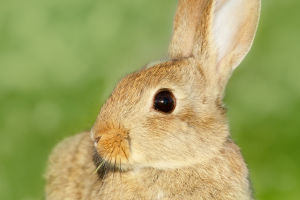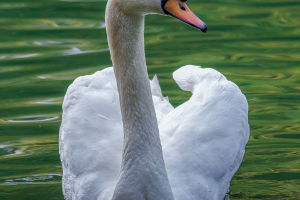Egrets, belonging to the Heronidae family, are captivating birds known for their diverse species. The Egret genus comprises thirteen distinct species, including prominent ones like the Great Egret, Middle Egret, Little Egret, Yellow-billed Egret, and Snowy Egret.
A unifying trait among these species is their striking white plumage, a hallmark of Egrets.
The Great Egret (Ardea alba), standing as the largest North American heron, has a global presence across the Americas, Europe, Africa, Asia, and Australia. Measuring around 91-102 cm (36-40 inches) in height with a wingspan of up to 140 cm (55 inches), this species boasts a long, S-shaped neck. They thrive in wetlands, marshes, and swamps, feeding on fish, frogs, and insects.
The Middle Egret (Mesophoyx intermedia), native to Asia and parts of Europe, is a smaller white egret, about 55-65 cm (22-26 inches) tall. They are typically found in wetlands and rice fields, with a diet comprising fish, crustaceans, and insects.
Another species, the Little Egret (Egretta garzetta), is a slender bird native to Europe, Africa, and Asia. Similar in size to the Middle Egret, it has a wingspan of up to 95 cm (37 inches). These birds feed on fish, amphibians, and insects, often seen wading in shallow waters.
The Yellow-billed Egret (Mesophoyx intermedia), inhabiting Africa, Asia, and Australia, is a medium-sized egret. It stands around 60-70 cm (24-28 inches) tall, with a wingspan reaching 120 cm (47 inches). Their diet is primarily fish, crustaceans, and insects, and they are commonly found in wetlands and along coastlines.
The Snowy Egret (Egretta thula), native to the Americas, is a small, white egret. It measures approximately 56-66 cm (22-26 inches) in height with a wingspan of up to 102 cm (40 inches). These birds mainly consume fish, insects, and crustaceans, typically seen in shallow waters.
Egrets play an essential role in wetland ecosystems, with their long legs and toes adept at navigating muddy terrains and shallow waters while foraging. Opportunistic in their feeding habits, they consume a varied diet from fish and crustaceans to insects and small mammals.
Historically, Egrets faced severe hunting pressure for their elegant white feathers, leading to population declines and near-extinction for some species. However, legal protections and conservation efforts have helped stabilize their populations worldwide.
In conclusion, Egrets are remarkable birds with diverse species, each exhibiting unique characteristics. Their recovery from historical hunting, aided by conservation measures, highlights their resilience. As integral parts of wetland ecosystems, Egrets are not only crucial for environmental balance but also a delight to observe in their natural habitats.


